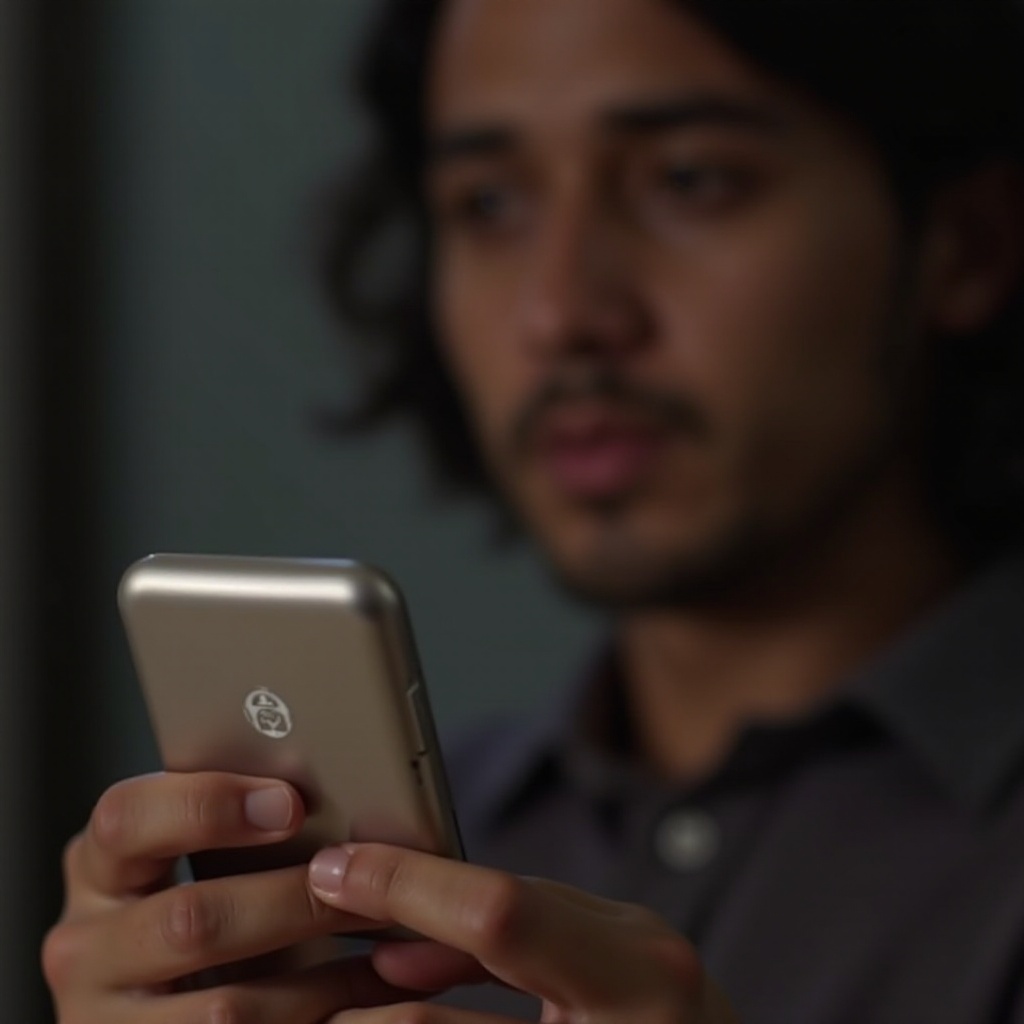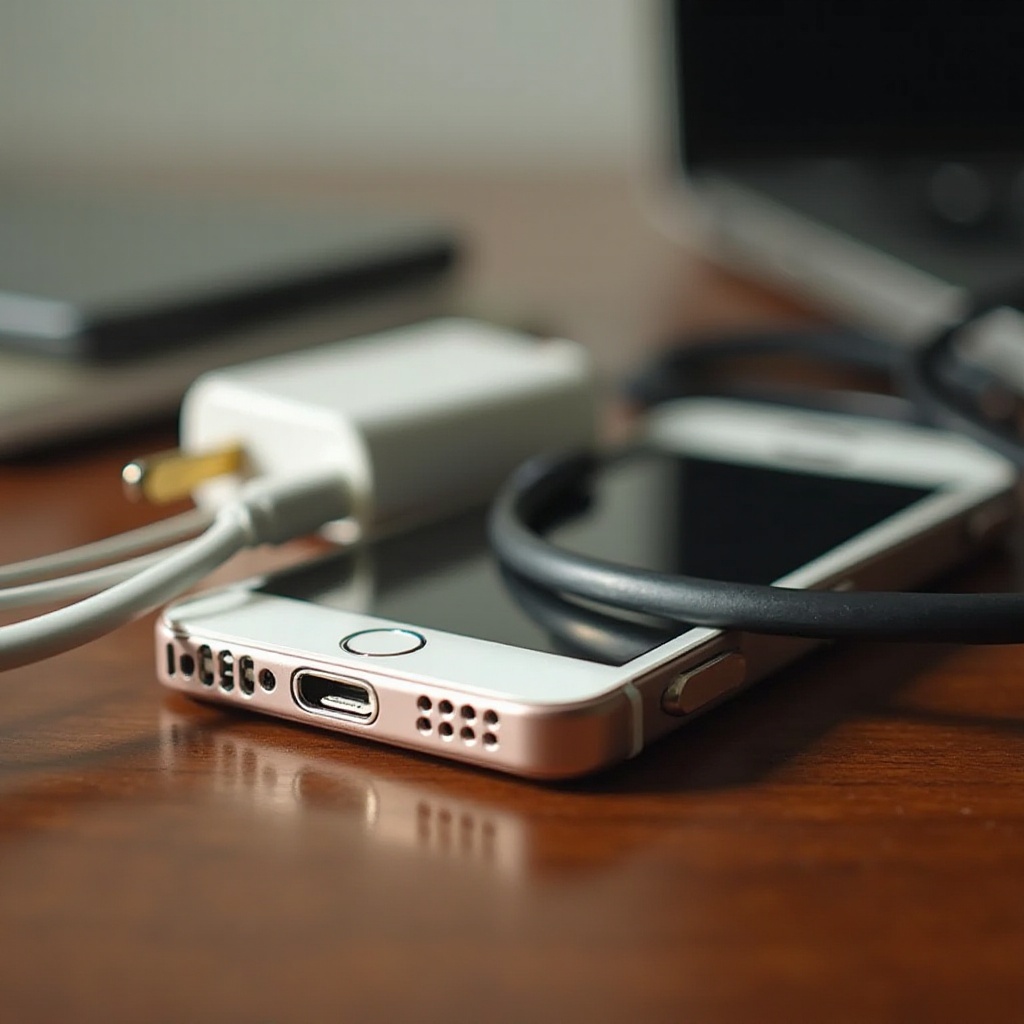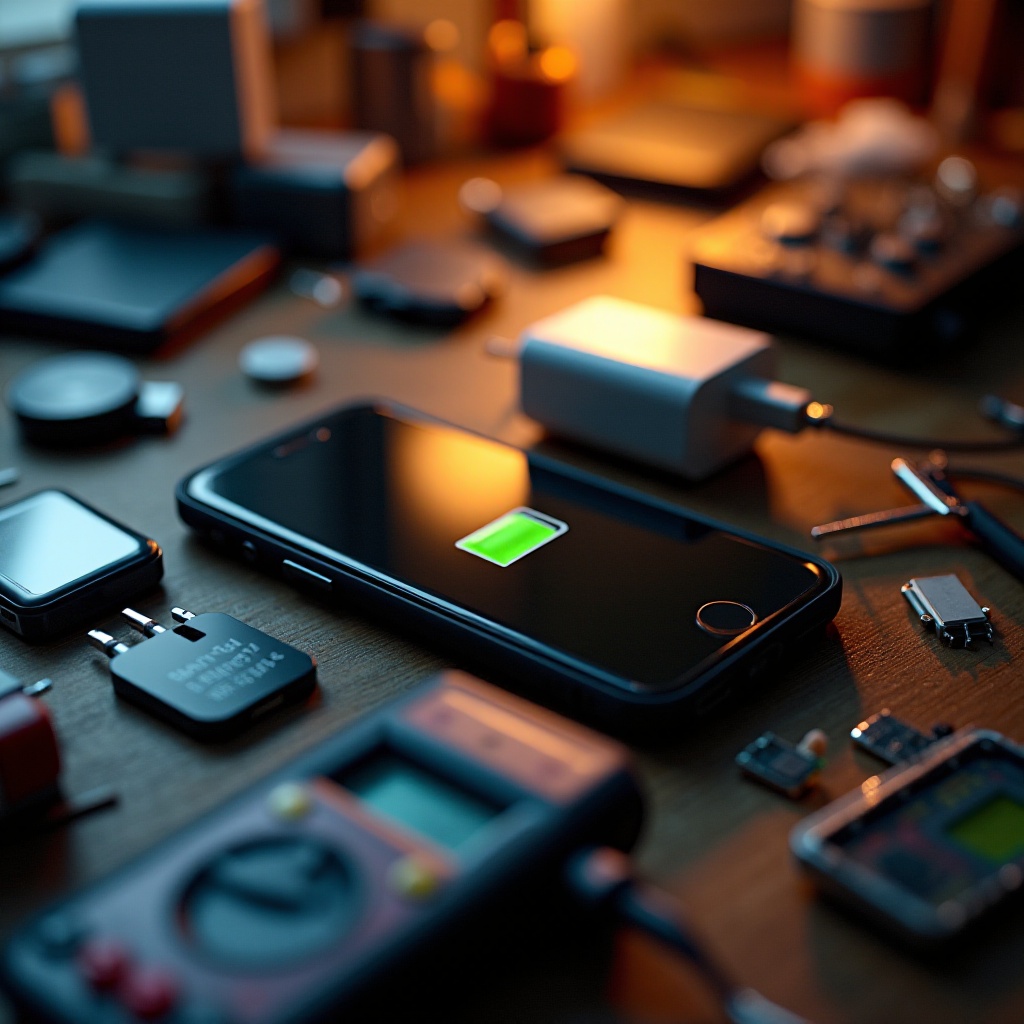Introduction
In today’s fast-paced world, phone chargers have become indispensable. They ensure our devices are always powered up and ready for action. Yet, a faulty phone charger can throw a wrench in our routine, causing both frustration and inconvenience. By identifying charger issues early and knowing how to resolve them, you can save yourself from unnecessary hassle and expense. This comprehensive guide will help you recognize the signs of a faulty phone charger, delve into the causes, and offer ways to troubleshoot and fix common issues. We will also discuss when it’s time to replace your charger and how to select the best one for your needs.

Signs of a Faulty Phone Charger
Detecting the early signs of a malfunctioning charger can save you considerable stress. These signs include:
- Charges Slowly: If your device takes an unusually long time to reach a full charge, your charger might be underperforming.
- Inconsistent Charging: Frequent stops and starts during charging could indicate a problem with the charger itself or its connectivity.
- Physical Damage: Frayed cables, bent connectors, or damaged ports visibly show that a charger may be impaired.
- Overheating: If your charger becomes excessively hot, it could signal internal failures.
- Unusual Noises or Smells: Buzzing noises or a burning smell are unmistakable signs of a defective charger.
Being aware of these symptoms enables you to act swiftly to rectify charger issues.
Common Causes of Charger Failure
Understanding what causes a charger to fail can help prevent future problems. Some common causes are:
- Poor Build Quality: Chargers manufactured with low-quality materials or by less reputable brands often wear out quickly.
- Wear and Tear: Daily use inevitably leads to physical damage, weakening a charger’s performance over time.
- Voltage Fluctuations: Exposure to inconsistent voltage can harm a charger’s internal components.
- Dirt and Debris: Dust and dirt buildup can disrupt the effective transfer of electricity through ports.
- High Temperatures: Prolonged exposure to heat can degrade a charger’s functionality and reduce its lifespan.
By understanding these causes, you can make informed decisions to maintain charger health and prevent damage.

Troubleshooting Faulty Phone Chargers
If you’ve identified signs of charger failure, it’s time to troubleshoot using these steps:
- Inspect the Connections: Ensure all cables are firmly connected to both the device and the power outlet.
- Test with Different Devices: Try charging a different device to determine if the issue lies with the charger or your phone.
- Check the Power Source: Use various outlets to rule out socket-related problems.
- Examine the Cable: Inspect for visible damage and switch to another cable to assess if the problem persists.
- Clean the Ports: Use a soft brush to gently clean any debris from device and charger ports.
These methods can help you pinpoint whether the charger or another factor is causing the issue.

DIY Solutions for Common Charger Problems
For less severe charger issues, try these DIY fixes:
- Fix Frayed Wires: Carefully wrap the damaged areas with electrical tape to prevent further wear and maintain functionality.
- Straighten Bent Pins: Use a small tool to gently align any bent pins or connectors.
- Reinforce Cables: Apply heat-shrink tubing around vulnerable spots for added support.
- Secure Connections: Use a tiny amount of adhesive putty to reinforce loose connections.
- Safeguard Against Overheating: Allow the charger to cool down fully before resuming use, preventing internal damage.
These simple solutions can extend the life of your charger, ensuring optimal performance.
When to Replace Your Charger and How to Choose a New One
Despite troubleshooting and DIY repairs, there are times when replacing the charger is the best option. Consider a replacement if:
- The cable is severely damaged.
- Overheating occurs despite cleaning and adjustments.
- The charger consistently fails to operate.
When purchasing a new charger, consider these factors:
- Brand and Compatibility: Choose reliable brands, ensuring the charger meets your device’s specifications.
- Output Power: Ensure the charger provides the right voltage and amperage for your device.
- Build Quality: Look for durable materials designed to withstand frequent use.
- Warranty: Opt for chargers with warranties for additional peace of mind.
By selecting the right charger, you ensure prolonged and reliable device use.
Conclusion
Taking prompt action on faulty phone charger issues can make a noticeable difference in your device charging experience. Recognizing malfunction signs, understanding underlying causes, and implementing effective troubleshooting techniques are crucial first steps in addressing common charger problems. With DIY solutions at your disposal and guidelines for selecting the right replacement, you can keep your devices powered seamlessly.
Frequently Asked Questions
What should I do if my phone charger overheats?
Allow the charger to cool off, inspect for blockages, and ensure it operates within recommended voltage levels.
Can a faulty phone charger damage my phone?
Yes, a defective charger can potentially harm your phone’s battery or internal components.
How often should I replace my phone charger?
Replace your charger when you notice damage, inconsistent performance, or improper charging.


